After finding out that the vast majority of my students had no concepts on fairy tales I set out to create book companions to go with these classic stories. With the push for common core immersion of therapy goals and lessons in full force now ( or maybe that will be coming up for some of you ) some of my parents and teachers did not understand why I was using fiction, and more specifically fairy tales, with my students. I wanted to give you all some information on the importance of fairy tales that you may be able to pass on to those who need some information.
” If you want to your children to be intelligent, read them fairy tales. If you want your children to be more intelligent, read them more fairy tales.” – Albert Einstein
1. Fairy Tales Show Kids How to Handle Problems ( pragmatics )
We learn from the characters in stories, even as adults. They help us because they connect to our own lives, dreams, anxieties, and consider what we would do in their shoes. Fairy tales help children to learn how to navigate life. (Bettelheim, B. Uses of Enchantment: The Meaning and Importance of Fairy Tales.) These stories create a safe environment for students to learn and understand social situation and reasoning.
2. Fairy Tales Cross Cultural Boundaries ( comparing/contrasting and cultural knowledge )
There are many versions of the same fairy tale. Often, these versions depend on the culture of its author. Each culture and community have fairy tales that are passed down. These stories not only provide us with pieces of our background but enlighten others. You can read the same fairy tale from two different cultures and highlight the similarities and differences in the stories. This is a link to different versions of Little Red Riding Hood depending on culture. This is an example of similarities and differences in stories for you grown-ups, the text is high for children.
3. Fairy Tales Help Teach Perspective ( pragmatics and comparing/contrasting )
A fun aspect of fairy tales is that there are now versions of the story told from other characters perspectives. Not many other genres of books can have that ability. You can read The Three Little Pigs and then The True Story of the Three Little Pigs ( told from the wolf’s perspective ) and talk about how not everyone views the same situation in the same way. Another fun pairing is reading Cinderella and then reading Seriously, Cinderella is SO Annoying!: The Story of Cinderella as Told by the Wicked Step-Mother. This is also a great way to practice comparing and contrasting text, which is a skill our students are expected to perform in the classroom.
4. Repetition, Repetition, Repetition ( comprehension: predicting and inferring )
Fairy Tales are written with children in mind, therefore, the text tends to be more predictable. In, ‘The Little Red Hen, the animals always respond “Not I” when the hen asks them to help. This pattern becomes predictable for children. After the second time the animals refuse the help the hen, students tend to be able to predict how the animals will respond and shout out their predictions. Thanks to the expressive and engaging illustrations in fairy tales, inferring character feelings, settings, etc is also targeted. Emotions tend to be over exaggerated in these illustrations which is what some students need in order to understand non-verbal language. Even without illustrations, the language used tends to be straight forward so that students can infer feelings and other information with some guidance.
So now that you have some fairy tale info and what better way to put that to use than by winning a fairy tale book companion! Enter below for a chance to win either ‘The Little Red Hen’, ‘The Gingerbread Man’, or both!
If you just can’t wait for a giveaway you can visit my TpT store .
Resources ( there is a list of resources in the book companion packets ):
1. http://imaginationsoup.net/2012/02/fairy-tales-are-essential-to-childhood/
2.“Using Storytelling to Build Speech, Language, & Literacy Skills”
Jane Schulman, M.S., CCC-SLP ASHA 2010 Session #1077
3. http://www.ncbi.nlm.nih.gov/pubmed/21375565
4.http://www.usq.edu.au/artsworx/schoolresources/zac/talesndevelop
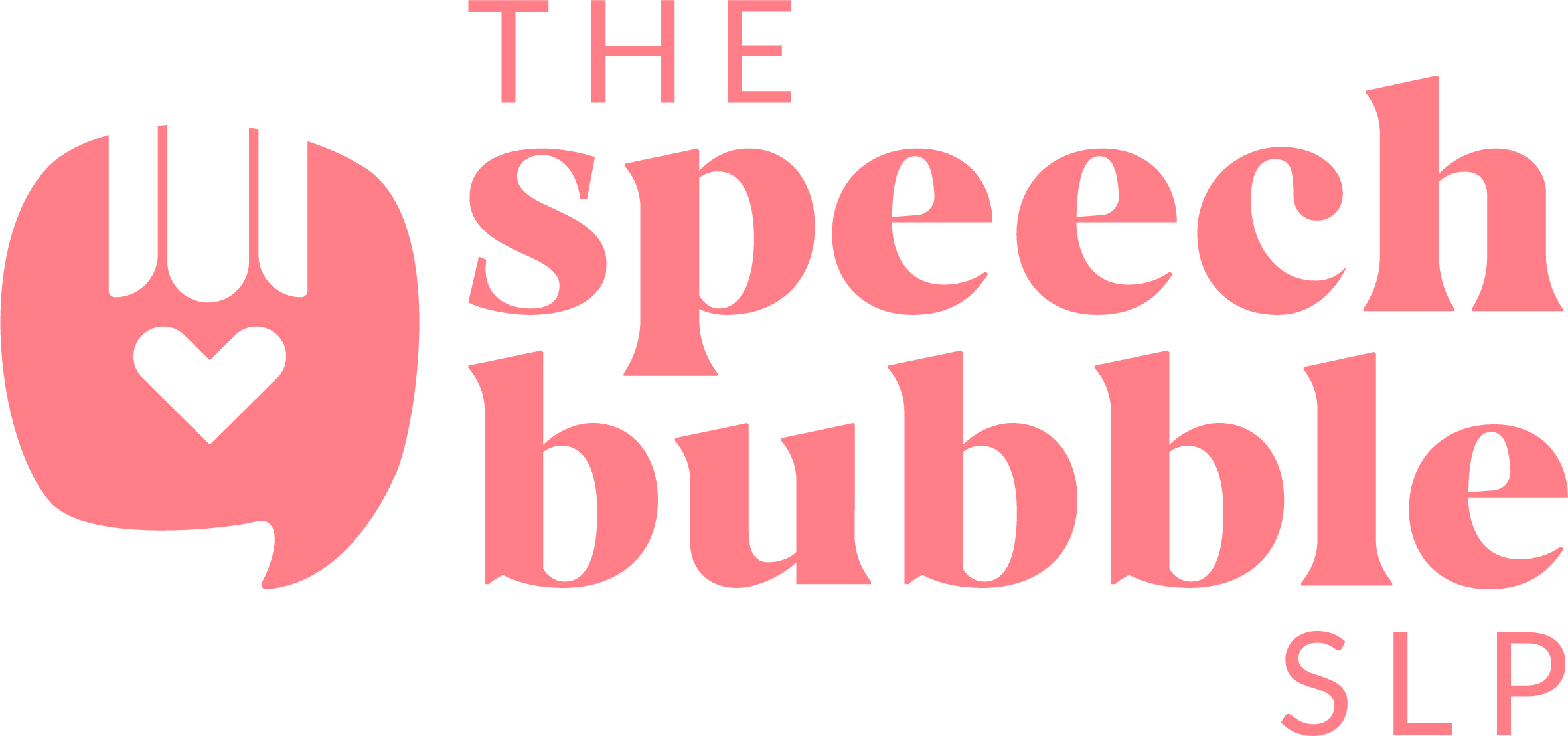
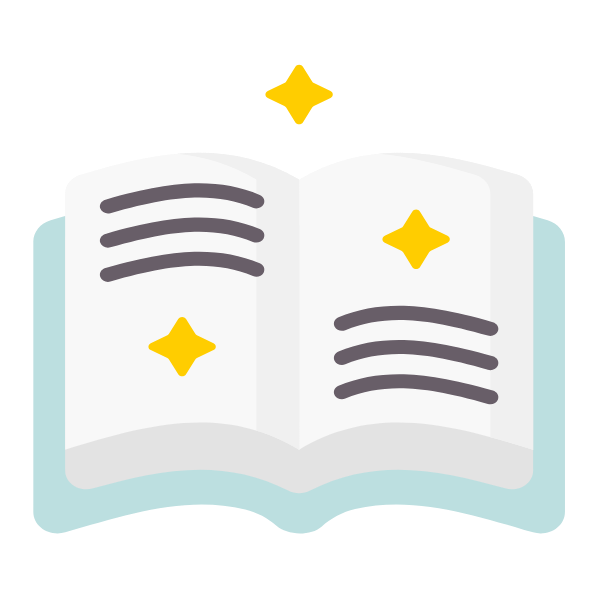

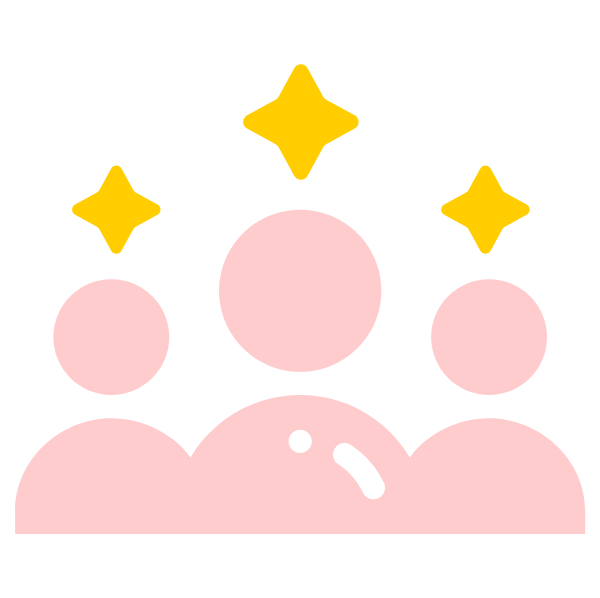
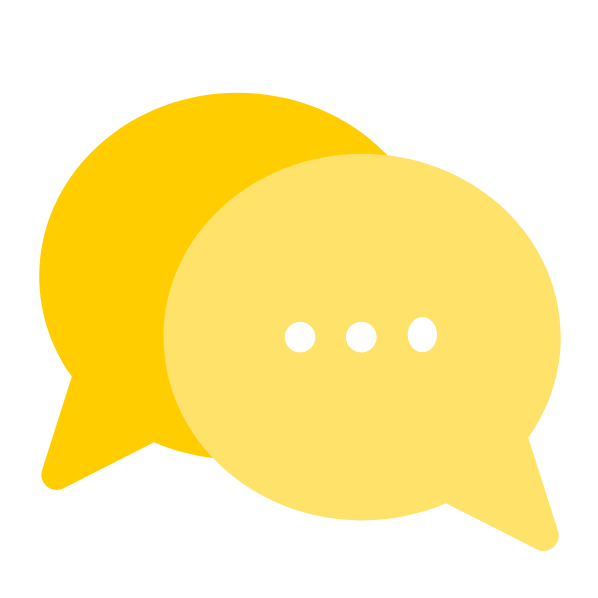

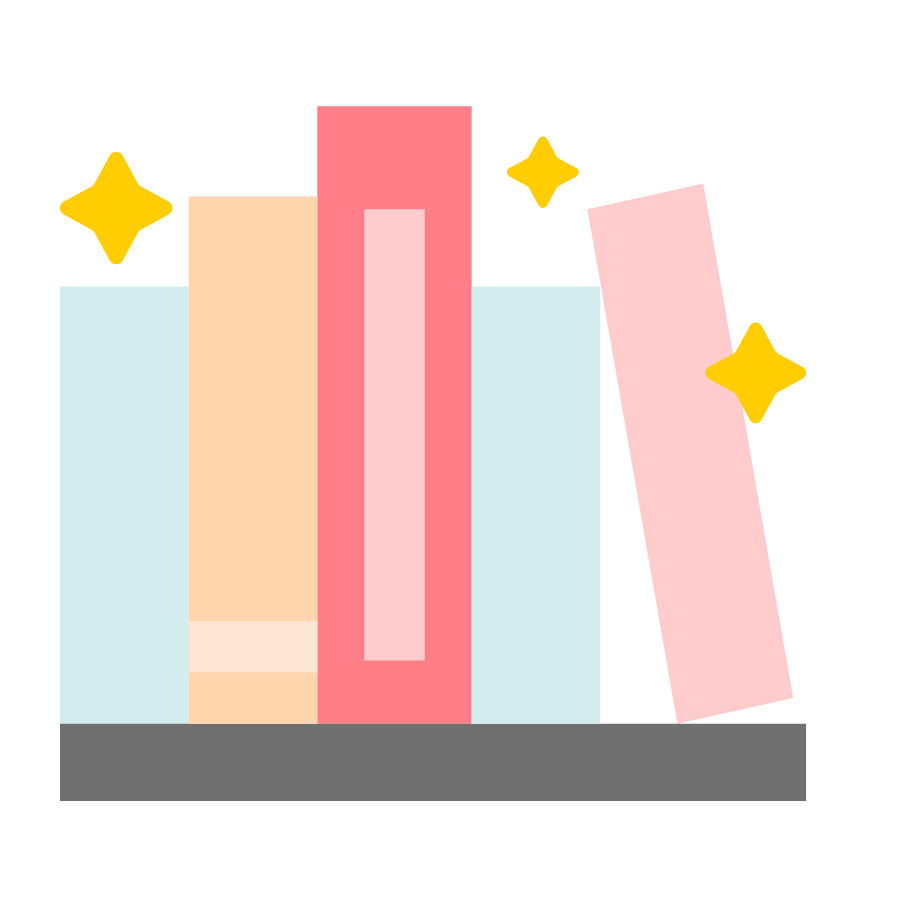




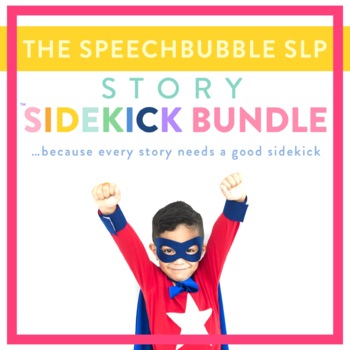






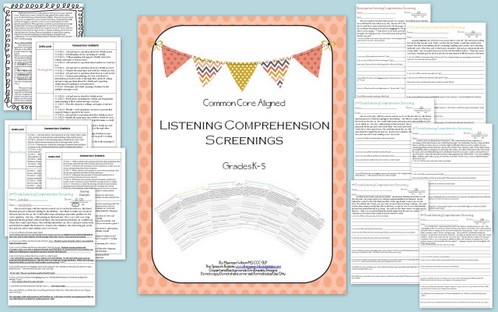


22 Responses
I have always used fairy tales with my middle schoolers to teach pragmatics! Would love to have a chance to use your book companions 🙂
I love this post! I’m going to have to share it with the parents I collaborate with! As for my favorite fairytale, I would have to say the 3 Little Pigs but only because I love the wolf’s perspective (Jon Scieszka’s version)!
For some reason, I can’t put my own comment 🙁
I love 3 little pigs as well and I like how there is also the “as told by the Fox” version.
Little Red Riding Hood
I just love Little Red Riding Hood….there was another version by Joan Walsh Anglund called “Nibble Nibble Mousekin.” This was the FIRST book I remember checking out of our local library, at the age of 5 or 6.
When I was little I really liked The Fisherman and His Wife.
Three Little Pigs
I love using fairy tales! And I love your story book companion activities!!! Thanks.
Kids have very little exposure to fairy tale stories today, yet they contain all the early literacy patterns that are important–predictable text, rhyming, repetitive phrases, and predictability. Most importantly, they are just plain fun.
Little Red Riding Hood
I love fairy tales! I am not sure I have a favorite but I am partial to three little pigs or the little red hen!
I love Goldilocks and the 3 bears.
I think Goldilocks and the 3 Bears would be my favorite.
My favorite Fairy Tale for kids is Jack & the Beanstalk. I love all of the different situations Jack is put in and the metaphor that the Giant can be in all different areas, language, fluency, artic, etc. I love the resources that you posted as well. Thanks for the chance to win!!
I love the 3 Little Pigs!
More and more, fiction, including fairytales are becoming such useful avenues to teach so many skills. Looking forward to seeing your work! Thanks!
Snow White would be a good one for me.
Hmmmm…3 little pigs is the one I use the most!
Goldilocks and the 3 bears
My favorite fairy tale as a child was Cap-O-Rushes. Doubt it could be found now. I like Cinderella, too.
Fairy tales are just great for therapy… so many uses!
My favorite would have to be Boy who cried wolf!
alewis725@msn.com
I am planning on doing fairy tales for my therapy room this year. I have gone through the common core and have aligned what I want to work on with my student’s goals!